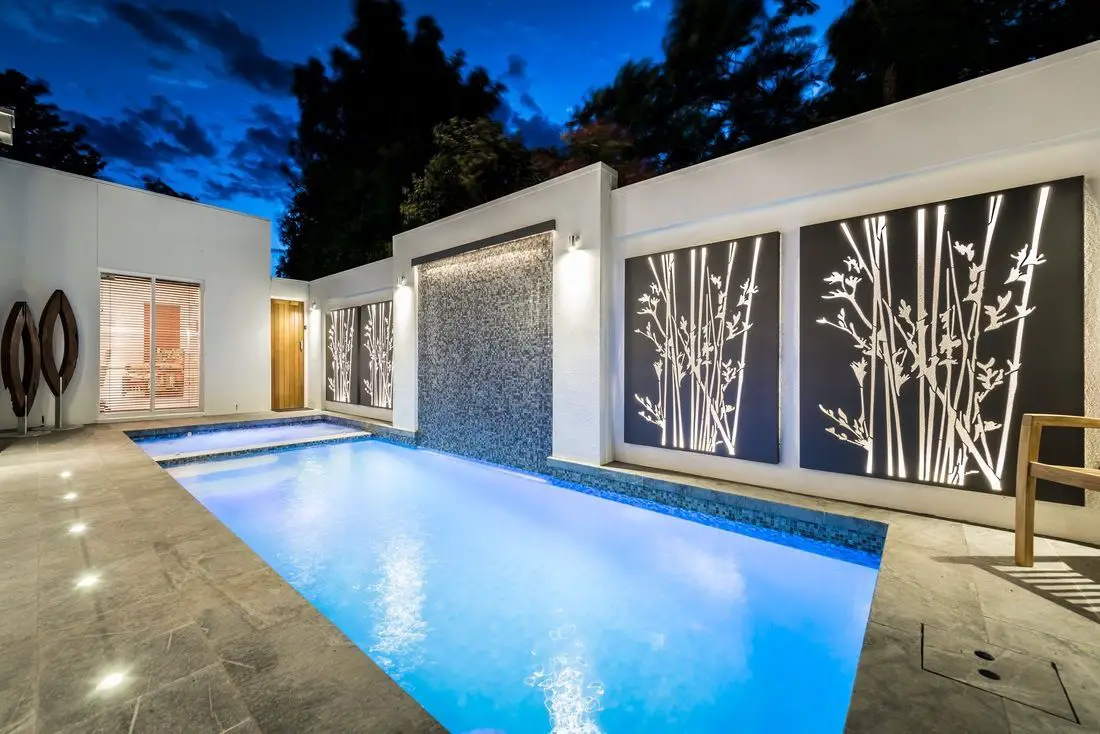Adding LED strip lights to an outdoor area is a great way to improve the look and feel of the space. While it might seem intimidating, it’s actually a pretty easy process.
LED strip lights are a popular choice for home décor, as they offer a versatile and easy way to add light to any space. Available in a range of colors and styles, LED strip lights can be used to create mood lighting, highlight features, or simply brighten up a room. Installation is quick and easy, and most strips can be connected to each other with simple plugs. Fortunately, the solution is straightforward.
Yes! LED light strips can be used outside, but they must be weatherproofed and waterproof and also rated for outdoor use. Outdoor LED light strips are a terrific addition to outdoor lighting arrangements since they provide great highlights to your outdoor activity area while also being economical and simple to install.
LED lights consume 75% less energy and last 25 times longer than incandescent bulbs.
The best thing about LED lights is that if you buy the right kind, you can use them both inside and outside. LED strip lighting may not only make a structure seem great, but it can also add extra security to your business or residence.
In this guide, we’ll walk you through everything you need to know in order to add LED strip lights to your outdoor area.
Contents
- What are LED strip lights and why would you want to use them?
- How to choose the right LED strip lights for your needs
- Important Consideration
- Installation
- Frequently Asked Questions
- Conclusion
1. What are LED strip lights and why would you want to use them?

LED strip lights are a type of light that is becoming increasingly popular for both home and commercial use. They are sometimes called LED tape lights or LED ribbon lights. LED strip lights are long, thin strips of LED lights that can be used to light up a variety of surfaces. They are often used to create mood lighting, and they can be used to light up walls, ceilings, floors, and other surfaces.
2. How to choose the right Outdoor LED strip lights for your needs
Before you run out and buy some Outdoor LED strip lights, there are a few things you need to consider.
The first thing you need to consider is the type of LED strip light you want. There are three main types: weatherproof, waterproof, and non-waterproof. Waterproof LED strip lights are perfect for use in bathrooms, kitchens, and other damp areas, while weatherproof LED lights can be used outside, although waterproof LED lights are typically used to illuminate pools and other locations near water.
When installing LED strip lights, you must consider the Ingress Protection (IP) rating. The IP rating determines how much water and solids an LED light can withstand before difficulties occur.
If you intend to install strip lighting outdoors, you will require lights with an IP rating of 65 or higher. Examine an IP rating chart to determine which rating is best for your DIY LED light project.
Excellent Outdoor LED Light Strips
Outdoor LED light strips are widely available. They are commonly found in home improvement stores and even supermarkets. If you prefer to shop online, Amazon and eBay have a plethora of excellent possibilities. Here are three highly regarded alternatives.

These colored led lights are IP65 waterproof, which means that they can withstand water sprays from any angle and may be used outdoors.
3. Important Consideration
The Length
Most LED Lights strips can be shortened to a lesser length. Many can also be simply extended by using connectors.
There is a limit to the number of light strips that can be connected to a single power source. However, there are numerous ways to increase the number of strips in a given space. You could, for example, install a second power source. Your lights can also be connected in parallel.
Calculate the length of the area you want smart light strips to cover. This will assist you in purchasing a suitable length of the strip light.
The temperature and amount of sunlight exposure
The majority of LED Strip lights have an operating temperature range of -22°F to 140°F. This means that, in most circumstances, your LED strip lights will function even during the chilly winter months.
Higher temps make things more difficult. Your LED strips may overheat if the ambient temperature is lower than the maximum working temperature.
This can happen if they are mounted on a heat-absorbing surface. It is also possible if your lights are installed in direct sunlight. LEDs might be destroyed if LED light strips overheat.
4. Installation
After you’ve considered everything above and gathered all of the necessary supplies, you can start installing your outdoor LED strip lights. The difficulty of installation varies depending on the strip lights you choose.
When you buy adhesive LED light strips, installation is as simple as peeling the covering off and gluing them to the desired surface. Of course, before you apply the strips, you’ll need to clean the surface.
Adhesion promoters can be used if the surface on which you want to attach the lights is not smooth. This will aid in the adhesion of the strip lights to rough surfaces.
Read More: Outdoor Kitchen Lighting Ideas, Tips & Guides
5. Frequently Asked Questions
6. Conclusion
In the long run, damaging the indoor LED strips and purchasing outdoor LED light strips to replace them will cost you more money. When purchasing LED light strips for outside use, make sure they specify “outdoor rating” or “IP” to save yourself time & expense.



